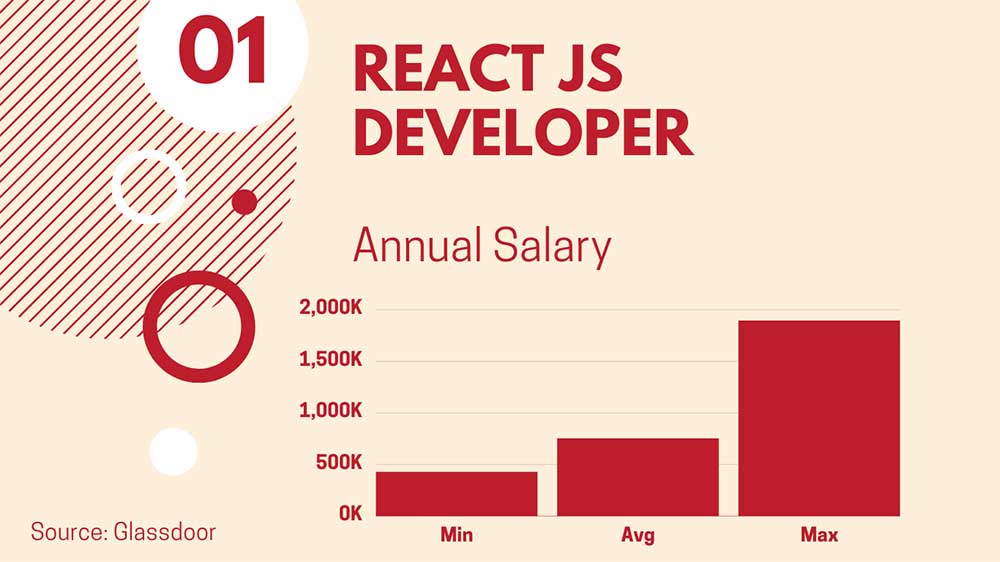React.js has become one of the most popular JavaScript libraries in the IT industry, and for good reason. Its simplicity, flexibility, and scalability make it a valuable tool for web developers looking to create dynamic, interactive user interfaces. In this blog post, we'll explore how React.js is used in the IT industry and its benefits.
What is React.js? React.js is a JavaScript library used for building user interfaces. It was developed by Facebook and is now an open-source project maintained by a community of developers. React.js uses a component-based architecture, which means that web developers can create reusable UI components that can be easily combined to create complex interfaces.
Benefits of using React.js in the IT industry
- Faster development time: React.js is known for its simplicity and ease of use, which makes it easier for web developers to create user interfaces quickly. Its component-based architecture also allows for easy re-usability, reducing the amount of code that needs to be written from scratch.
- Better user experience: React.js allows for the creation of highly interactive user interfaces that are fast and responsive. Its virtual DOM (Document Object Model) allows for efficient updates to the user interface, resulting in a smoother and more seamless user experience.
- Improved code maintainability: React.js makes it easier to manage complex UI components by breaking them down into smaller, reusable parts. This results in more modular and maintainable code, which is easier to debug and update.
- Cross-platform compatibility: React.js can be used to develop web applications that are compatible with multiple platforms, including desktops, mobile devices, and tablets. This makes it a valuable tool for companies that want to create responsive, cross-platform web applications.
- Strong community support: React.js has a large and active community of developers who contribute to its development and offer support to other developers. This means that developers can easily find solutions to any problems they encounter while using React.js.
Applications of React.js in the IT industry
- Web applications: React.js is commonly used for building web applications that require dynamic, interactive user interfaces. Its component-based architecture and fast rendering make it a popular choice for web developers.
- Single-page applications (SPAs): SPAs are web applications that load a single HTML page and dynamically update the content as the user interacts with the application. React.js is ideal for building SPAs because of its virtual DOM and fast rendering.
- Mobile applications: React Native is a mobile app development framework that uses React.js to create mobile applications for iOS and Android. React Native allows for the creation of mobile applications with a native look and feel, while also allowing for the use of reusable components.

Conclusion
React.js is a valuable tool for web developers in the IT industry. Its simplicity, flexibility, and scalability make it a popular choice for building dynamic, interactive user interfaces. With its strong community support and wide range of applications, React.js is likely to remain a popular choice for web developers for years to come.





